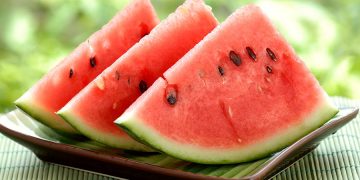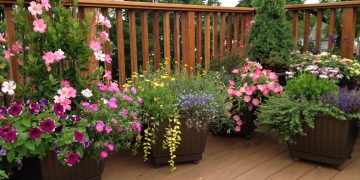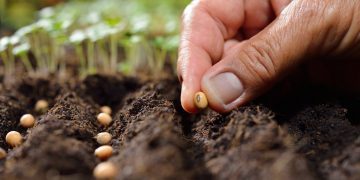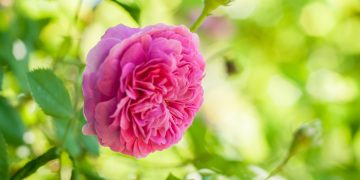One of the easiest crops to grow in an organic garden is garlic. It’s hardy, suffers few pests, and in mid-summer will reward you with dozens of bulbs that can be dried out and used over the next six months to a year.
Garlic comes in two main types: ‘Soft-neck’ and ‘Hard-neck’. Most kitchen gardeners tend to go with soft-neck varieties since they produces more and bigger cloves. Soft-neck garlic also stores for a long time and their dried necks can easily be plaited. Garlic you see in the supermarket or hanging in ornamental braids is almost always soft-neck.
Hard-neck varieties literally have a hard neck. This neck becomes a ‘Garlic Scape’ that can be trimmed off and used in cooking. If you leave it growing, it will form tiny bulbs at the top of the stem. Although less commonly grown by the average kitchen gardener, hard-neck varieties are said to have more complex flavor and are considered more gourmet.
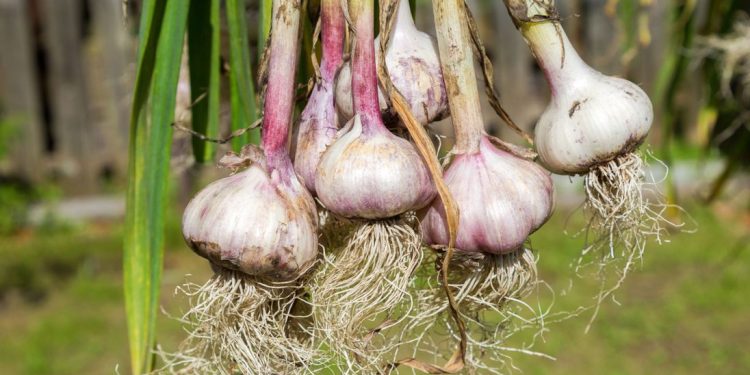
Garlic needs around six to eight months to mature so theoretically if you planted them in March you’d only harvest your crop in September.
Once garlic is planted out into the ground they’re easy to care for. I do very little for my plants while they’re growing except to make sure that weeds are not growing among my patch. I also make sure that the soil they’re growing in is always moist. This means mulching the top of the soil with compost and soil.
Most animals and birds will steer clear of garlic so you shouldn’t have too many issues with them. The only real disease that I’ve seen them come down with is ‘Rust’ which is a kind of rusty mottling on the leaves. It doesn’t hurt the bulb though so if you’re close to harvest time don’t be too concerned. If you spot it earlier in the season though it can be a problem. Snip off the leaves as soon as you see it happening and make sure to bin them rather than put them on your compost heap.
Once you harvest, you can dry them outdoors. Just make sure that you let them get as dry as possible before putting them in bags or braids.


